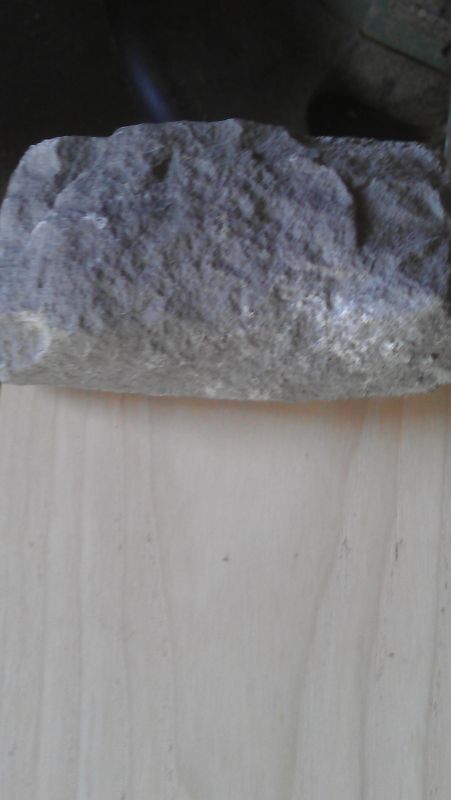Matching Finish on Cherry
Cherry darkens over time from exposure to light. Matching older pieces is tricky. February 12, 2010
Question
We had a job we completed approximately two years ago. Lots of 3/4'' cherry veneer MDF core paneling. Sprayed SW dye stain, following with wiping stain, SW vinyl sealer, sanded and topcoated with cat conversion varnish. The color was a very dark red mahogany and the job turned out beautiful.
The customer recently called and wanted to add some specialty pieces. We had two sheets of the cherry left from the original job, and still had the stain. The ply was sanded/dye/stained/finished exactly the same according to our notes. I had no sample to go off of when we were making these pieces.
The new pieces turned out considerably lighter and redder than the original. Could the stain have passed its shelf life? And is there any possible way to sealer sand them and re-stain them to where they need to be? If so, what stain would you suggest?
Forum Responses
(Finishing Forum)
From contributor R:
Being cherry, it probably darkened quite a bit since you finished it. Did you match to your original sample? If it matches your original sample, there is a good chance the new stuff will darken the same. Good luck convincing the client, though.
As to darkening them, you can do a glaze, shade system and get the color if you don't have too far to go. The bad thing will be mil film thickness, so you will have to sand aggressively first. It would be best to adjust the color with a shade only if possible and mix it in catalyzed material so you don't have adhesion issues like you may with a glaze.
From contributor L:
It sounds like the cherry darkened over time. Nothing you can do about that. If you take the stuff you just produced and leave it in strong sunlight for a period of time, you can probably get more than halfway there. The other half will have to come with time. If you tone it to the existing color, in a year it will be much darker.
From contributor W:
The other guys are probably partially right. The dye can be dark/light depending on how the gun was set and how fast the finisher moves the gun. Some dyes and wiping stains can age badly. Sometimes they react with the metal can and change color. You should always use a control sample when matching colors.
From contributor G:
In addition - did you check the bottom of the stain can for un-mixed residue of tinter after it had been sitting so long? It sounds as though some of the black may have kicked out of the formula and sunk to the bottom.
From the original questioner:
We did not have a sample to go by for this, and in hindsight should have made one and verified its match. The stain was stirred/mixed completely before use, and yes - when we first started mixing there was some settlement.
From contributor B:
I have had similar experiences with stain changing color over time, but it normally darkens, not lightens. My guess was that the alcohol is slowly evaporating. I wouldn't say the stain is past its shelf life, but it's just a different color now and still usable. As long as it stains wood, it is still doing its job and it shouldn't hurt to use it other than not being the correct color anymore.
From Paul Snyder, forum technical advisor:
From what I've seen, red colors fade pretty quickly compared to others. That would explain why the newly made pieces are redder than the old. Cherry darkens with age. If you place the new pieces in direct sunlight, it will suntan the wood and give it a good start on the darkening process (as well as speed up the fading of the red tones in the stain color). A week in the sun has a pretty dramatic effect. If you change the color of the new pieces, using a glaze and/or toner to match the older pieces, there's a good chance they won't match later as the wood ages.
From contributor D:
The cherry has darkened and the red will fade! (They do have "non" fading red tints but tend to be very expensive.)To put your customer at ease, make up a sample piece, tape off a middle third of the sample using aluminum foil covering the middle. Place in direct sun for a week and check the sample. The outer thirds will be darker than the middle. Take this sample to the customer's for comparison.
